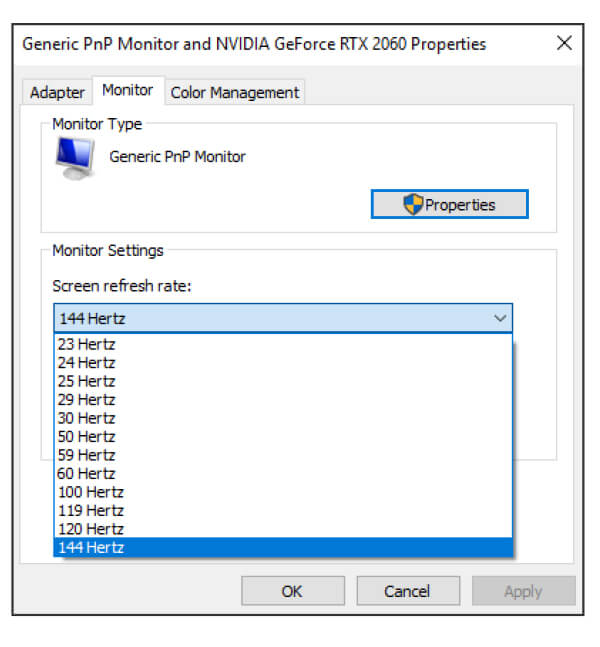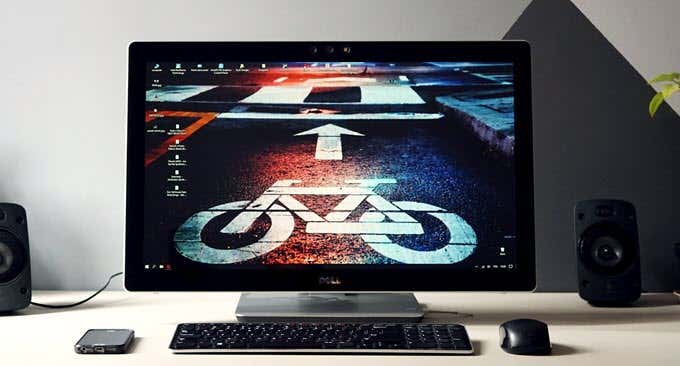
Instead, Microsoft recommends using System Restore or a system backup to roll your computer back to a previous state. I’ve heard tales of unsupported trickery that gets around this, but I haven’t tested myself. If that Uninstall button doesn’t show up on this screen, that particular patch might be permanent, meaning Windows doesn’t want you to uninstall it. Note that once you uninstall an update, it will try to install itself again the next time you check for updates, so I recommend pausing your updates until your problem is fixed. It’ll take a moment, but once it’s finished, you can see if your problems persist. Select the update in question, then click the Uninstall button that appears above the list. If you can remember when your problems started happening, that install date should help you determine which update to remove. Windows will present you with a list of recently installed updates, complete with links to more detailed descriptions of each patch alongside the date you installed it. Once you’re in Safe Mode, head to Settings > Update & Security > View Update History and click the Uninstall Updates link along the top. Once your computer restarts, you’ll be presented with a list of options, and you can press the number 3 on your keyboard to enter Safe Mode. In the recovery menu, head to Troubleshoot > Advanced Options > Startup Settings > Restart. (If Windows won’t start up at all, you can hold the power button as your computer’s booting to invoke the recovery menu the next time you turn it on.) Open the Start menu, click the Power button, then hold Shift as you press Restart-that should present you with Windows’ recovery menu when your computer reboots. Even if the computer is booting fine, I generally recommend booting into Safe Mode before uninstalling an update, just to be on the safe side. If a smaller Windows update has caused some odd behavior or broken one of your peripherals, uninstalling it should be pretty easy. Each of these can be rolled back through different methods. Feature Updates are larger, and come every six months or so packed with new features and major changes. Quality updates include security patches, bug fixes, and other small tweaks inside those regular "Cumulative Updates" you’ll see on the Windows Update page in Settings. There are two main kinds of Windows updates: Quality Updates and Feature Updates.


If you’re noticing some quirkiness after installing an update, you can roll it back to try and get things working again. Windows updates often bring bug fixes, security patches, and new features to your PC, but they can also backfire-introducing problems like performance degradation or even panic-inducing data loss.



 0 kommentar(er)
0 kommentar(er)
